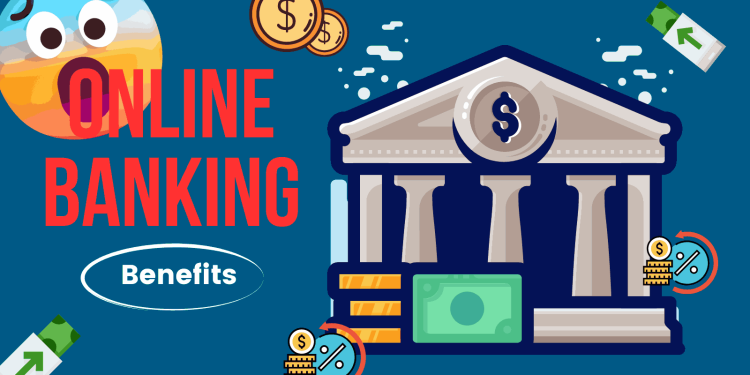Introduction to Digital Banking: Digital banking refers to the digitization of traditional banking services to provide customers with convenient and accessible financial solutions. In today’s tech-savvy world, digital banking has revolutionized how individuals manage their finances, offering a range of online services that cater to diverse needs.

Historical Perspective: Online banking traces its roots back to the 1980s when financial institutions began exploring electronic channels for delivering services. Initially, online banking was rudimentary, with limited functionalities like checking balances and transferring funds. However, with advances in technology, online banking evolved into a comprehensive platform offering a wide array of services.
Benefits of Digital Banking: The transition to digital banking has brought numerous benefits to consumers and institutions alike. Customers now enjoy round-the-clock access to their accounts, seamless transactions, and personalized financial insights. For banks, digital channels have reduced operational costs, improved customer engagement, and enabled the delivery of innovative products and services.

Technological Innovations: Digital banking is fueled by continuous technological innovation. From artificial intelligence and machine learning to big data analytics and cloud computing, banks are leveraging cutting-edge technologies to enhance the customer experience, streamline operations, and stay ahead of the competition. Features like chatbots, robo-advisors, and real-time payment systems are transforming the way people interact with their banks.
Security Measures: As digital transactions burgeon, cybersecurity has become a paramount concern for both customers and financial institutions. Banks invest heavily in robust security measures such as encryption, multi-factor authentication, and biometric identification to safeguard sensitive information and prevent fraud. Continuous monitoring and rapid response mechanisms are essential to combat cyber threats effectively.
Personalization and Customer Experience: One of the key advantages of digital banking is the ability to personalize services based on customer preferences and behavior. Through data analytics and AI-driven insights, banks can offer tailored product recommendations, customized notifications, and personalized support to enhance the overall customer experience. Personalization fosters loyalty and strengthens relationships with customers.

Mobile Banking and Apps: The proliferation of smartphones has propelled the growth of mobile banking apps, enabling users to manage their finances on the go. Mobile apps offer a user-friendly interface, intuitive navigation, and mobile-specific features like remote deposit capture and mobile wallets. These apps have become integral to the digital banking experience, providing convenience and flexibility to users.
Emerging Trends: The future of digital banking is shaped by emerging technologies that promise to revolutionize the industry further. Artificial intelligence is poised to transform customer service through chatbots and virtual assistants, while blockchain technology holds the potential to streamline transactions and enhance security. Biometric authentication methods like fingerprint scanning and facial recognition add an extra layer of security to digital banking services.
Challenges and Regulations: Despite the benefits of digital banking, challenges persist in areas such as data privacy, regulatory compliance, and cybersecurity risks. Regulations governing digital transactions are evolving to keep pace with technological advancements, aiming to protect consumer interests and ensure the integrity of the financial system. Adhering to stringent regulations while fostering innovation poses a delicate balance for banks and regulators.

Conclusion: In conclusion, the evolution of online banking services has transformed the financial landscape, offering unparalleled convenience, security, and personalization to customers worldwide. As digital banking continues to evolve, embracing technological innovations and addressing regulatory challenges will be paramount to sustaining growth and enhancing the customer experience. The future of banking lies in a seamless fusion of technology and human-centric design, empowering individuals to manage their finances efficiently and securely in the digital age.
By expanding on these key points, you can craft a comprehensive 1500-word article that delves deep into the realm of digital banking and its profound impact on the financial industry and consumers.












